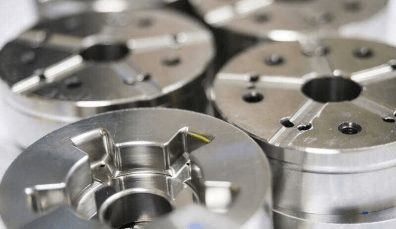
Cold Forge Vs Hot Forge: Which One To Pick
On September 5, 2023 by rimrockForging is a metalworking process used to shape metal parts by applying compressive forces. Two popular methods employed in this domain are cold forge and hot forge. While both techniques yield strong and durable metal components, they differ significantly in terms of temperature, workability, and the properties of the final products.
In this article, we will explore fundamental differences between cold forge and hot forge.
Temperature:
The most apparent distinction between cold forge and hot forge lies in the temperature at which each process is carried out. Cold forging, as the name suggests, is conducted at or near room temperature. The metal remains below its recrystallization temperature, which is the point where grains within the metal structure rearrange themselves, resulting in better material properties.
On the other hand, hot forging involves heating the metal well above its recrystallization temperature. The elevated temperature facilitates plastic deformation, making the metal easier to shape and reducing the force required during the forging process.
Surface Finish and Tolerances:
Cold forging generally provides superior surface finish and tighter tolerances compared to hot forging. As the metal remains at lower temperatures during cold forging, there is less risk of oxidation and scale formation on the surface of the component. This results in a smoother and cleaner finish.
Hot forging, while allowing for greater design flexibility, may cause oxidation and scale formation due to the high temperatures involved. As a result, additional post-forging treatments may be necessary to achieve the desired surface finish and dimensional accuracy.
Grain Structure and Mechanical Properties:
The grain structure and mechanical properties of the forged metal also differ between cold and hot forging. In cold forging, the grains deform and rearrange in a more controlled manner due to the lower temperature, leading to a refined grain structure. This results in improved strength, hardness, and dimensional stability of the final product.
Hot forging, however, produces a coarser grain structure due to the higher temperature. While the component may have enhanced toughness and ductility, its mechanical properties might be less uniform compared to cold-forged parts.
There is no doubt that cold forge is the best option. Read more about cold forge and hot forge and more so the products made from the cold forging process

Leave a Reply